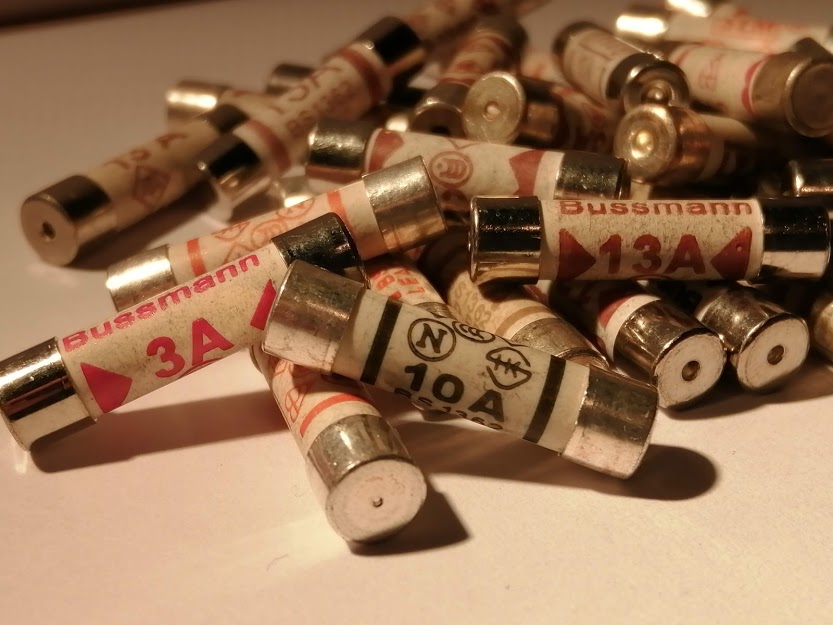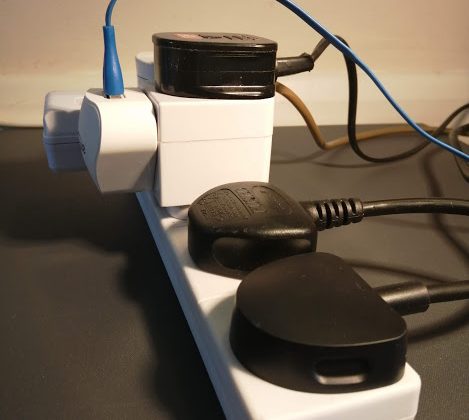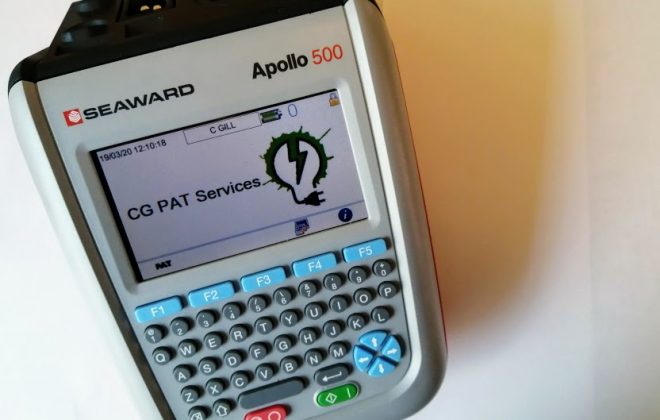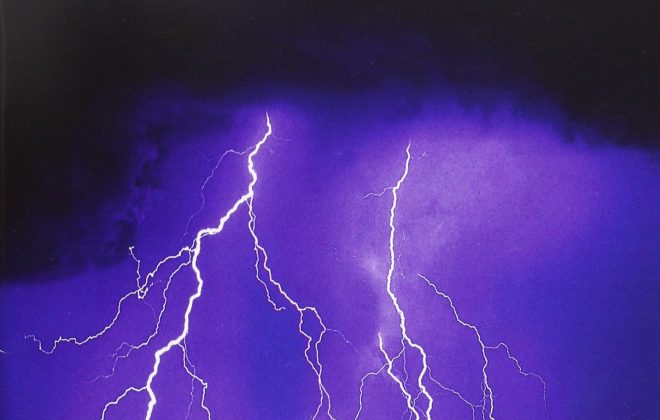
Which Fuse Should Be In My Plug?
Which Fuse?
For many, which fuse should be used in a plug is a puzzling conundrum, and yet it is important that the correct one is selected. The reason becomes clear when we understand what a fuse is designed to do and how it works. A fuse protects the cable that connects the plug and the appliance. If you have expensive HiFi or IT equipment you will find that the appliance has a separate internal fuse to protect itself. A fuse contains a current rated piece of wire. As the electrons that make up current increase in number they cause friction in the wire and heat up. If the current exceeds the rating eg 3A then the wire heats up to a temperature that melts the wire and breaks the circuit. We have blown the fuse. The last thing we want is for the cable to overheat so the fuse safeguards this from happening if a fault in the appliance starts to draw too much current through the cable.
Ok Science part over and back to the question, which fuse? There are some simple rules to follow to help you:
Rule 1: Manufacturers should know
If you know that the cable is the original one supplied with the appliance, then it is safe to assume that the manufacturer will have fitted the correct size cable and appropriate fuse. So follow their lead and replace like for like.
Rule 2: Check out the plug
If the appliance has a moulded (non rewirable) plug then according to British Standards 1363 all UK plugs must have the fuse rating marked on them. So look for the 3,5,10 or 13A number, it is normally next to or over the maximum voltage number (230/240/250V).
Rule 3: The 700W Rule
If the plug is a rewirable type and you are not sure of the origin of the fuse then apply the 700 Watt rule. This requires you to find out the Input power rating of the appliance. This is normally found on the information sticker on the side or bottom of the appliance. If the power rating is in Amps (A) don’t panic, simply times the amps by the voltage of the circuit. In the UK this is 230V from our domestic plug sockets and 110V in some industrial environments. Once you know the Watts apply the rule:
<700W = 3A Fuse >700W = 13A fuse.
Rule 4: If still in doubt always ask an electrician!
Exceptions to Rule 3
There are always complications some where….
- There are appliances that can draw a higher current when they are first switched on. This is called the INRUSH current and could apply to appliance which have an electric motor. One example could be a vacuum cleaner that may blow a 3A fuse, although its power rating is lower than 700W. If this happens put in the next rating of fuse (5A) to see if this solves the issue.
- You may have notice that detachable IEC cable leads connected to IT equipment have a 5A or 10A fuse. These do not need changing if they are appropriate to the size of the cable.
- The size of the cable. Cables come in different sizes to deal with different levels of current. The larger the cable the more current is will carry safely. Modern cables come with the size either imprinted or printed on the outside covering. It is normally repeated along its length. What you are looking for is a number followed by mm2 e.g. 1.25mm2. If the cable is 2m or less it is accepted that it can take more current than the published rating. The fuse rating is the maximum for that size cable but you should always start with the wattage of the appliance and then check the cable. It is possible for an enthusiast to rewire an appliance with the wrong cable eg put a 0.5 csa cable on a convection heater of 2000W- the fuse put in is a 13A fuse and the danger now is that the cable overheats, melts or even catches on fire! If the cable is longer than 2m then stick to the ratings. The table below should help you.
| Cable Conductor csa
(mm2) |
Rated current for cable (A)
|
Fuse rating (A) 2m and less | Fuse Rating (A) More than 2m |
| 0.5 | 3 | 3 | 3 |
| 0.75 | 6 | 13 | 5 |
| 1.00 | 10 | 13 | 10 |
| 1.25 | 13 | 13 | 13 |
| 1.5 | 13 | 13 | 13 |
Example:
Hair dryer from a charity shop has a power rating of 800W, a cable conductor csa of 0.75 mm2 and cable which is 1.5m in length. The plug is a rewirable plug. Which fuse?
Unknown origin, so apply 700W rule and check cable csa is suitable. So the 700W rule tells you to put in a 13A fuse and when checked against the cable csa rating, as the lead is less than 2m, it is ok to put in this fuse.
Remember if you are not sure that always apply RULE 4!



